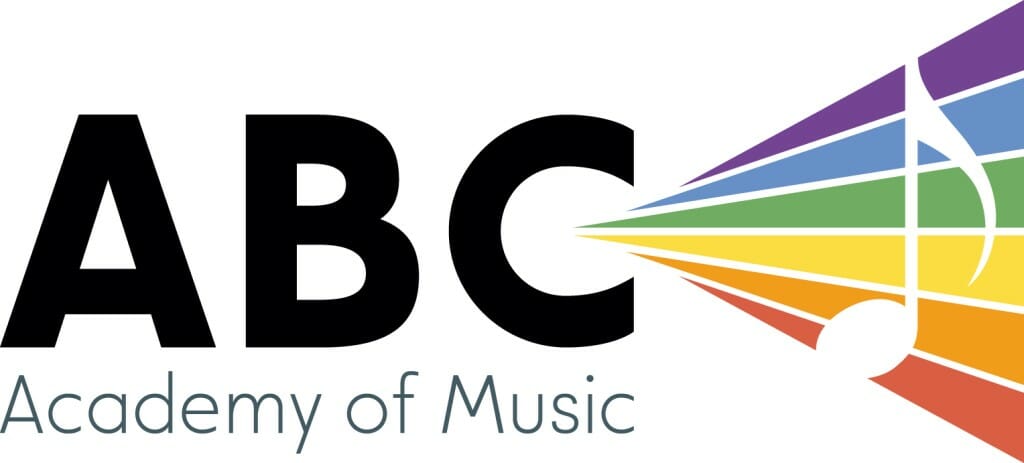Hello everyone! Nice to see you all on this Orange Shirt Day.
Noreet
Sailing in the Sun – measures 1-8. This piece uses the new skill you learnt = legato (smooth, connected) playing. Notice the rests on some beat 1s. Make sure when you’re playing your smooth notes that you let go of them once another key has been played (just like how we lift our foot up to take another step when the other foot makes contact with the ground).
Jack-O-Lantern – this piece creates a spooky mood by using some black keys in addition to the white ones! The symbol that looks like a lowercase b is called a flat and it lowers the note by one half step (to the very next key to the left). So Eb (E flat) is the black key to the left of E! The # symbol is called a sharp and it raises the note by one half step (to the very next key to the right). So F# (F sharp) is the black key to the right of F! I drew a small diagram of the piano keyboard so you can be reminded where these notes are found. Learn as much of this piece as you can over the next 2 weeks!
In and Out middle C warmup – Put both of your thumbs at middle C and then play each hand going away from each other, slow and steady. The goal of this is EVEN, controlled finger independence. You’ll notice fingers 4 and 5 aren’t very good at being independent yet, this exercise will help them. Watch this video and notice how her fingers are staying rounded, and her wrist is not collapsing, so she can play with a tall pinky. Your wrists shouldn’t be dangling off the piano.
Parent involvement: We used a phone game called Rhythm Cat Lite in class last week to great success. This can be used at home for educational rhythm practice when she has screentime if you wish. Another great app available for iPhone is called Chet and it trains the ear.
Maria
Lovely to meet you!
Triad patterns – begin by exploring the C major triad pattern, broken and solid, both hands but seperate. Root position is CEG, then the inversions are EGC and GCE, before returning to CEG. Use 135 (or 125 when it makes sense) for both hands. You can try F and G major as well if you wish because they’re the same pattern of all three white notes. Your hand should move laterally like a crab.
Etude in D minor by Czerny – evenness is the priority here, therefore do not rush the tempo until it is very secure. I love how you scan for repeating patterns when meeting a new piece, keep it up!
Home Run – Here is a video of the composer performing it. What brings this piece to life is the syncopation (use of off-beats) and tied notes, that’s why we’ve got to be careful with our counting. Lean into those accents because it sounds so fun and happy go-lucky that way. Explore as much of this as you can and enjoy!
Gerardo
Home Run – count carefully. Here is a video if you need to remind yourself of how the groove sounds played aloud. The chord progression remains the same throughout the entire piece – G/Eminor/C/D.
The Wind – you know this way better than you think ! Trust yourself and count yourself in In 3 subdividing by 8th notes and then you’ll be able to feel the flow. You can experiment with pedal too.
Warmup with an assortment of white key start major scales to keep your fingers used to them.
